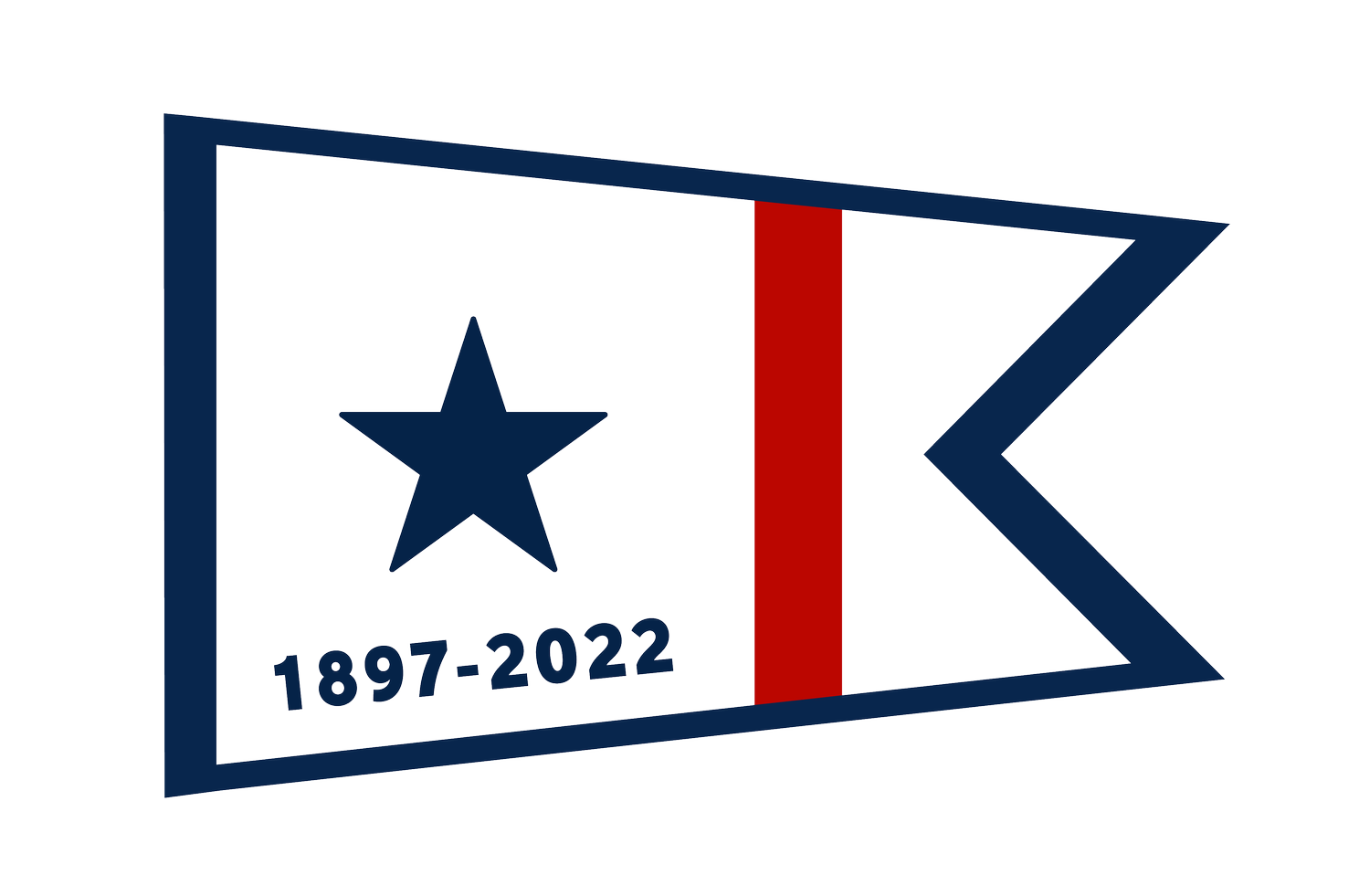Explorers Complete 130-Mile Trek Across the EvergladesA group of four explorers retraced a daring canoe journey by Hugh de Laussat Willoughby from 1897
In 1897, scientist and explorer Hugh de Laussat Willoughby set out on a canoe journey through the Everglades. This November, a team of explorers followed his daring route to gain insight on human impact in one of the world’s largest subtropical wildernesses.
The journey began on October 27th in the Harney River in the Gulf of Mexico and ended in Miami on November 2nd. The adventure commemorated the 75th anniversary of the Everglades National Park and provided an opportunity for research.
The 2022 Willoughby Expedition team tracked water pollutants like microplastics, pesticides, pharmaceuticals, antibiotic-resistant genes, and environmental DNA (eDNA). All of these pollutants have the potential to negatively affect plant and animal species.
"The expedition was a success not in honoring our history, but in advancing the future of science,” said co-expedition leader Harvey E. Oyer III.
The Everglades are the “environmental kidneys” of Florida and are responsible for the filtering and cleaning of water over the entire central and southern parts of the state. The lead scientist, Tracie Baker is the first non-Indigenous female to ever cross the Everglades. Baker’s focus on the expedition was to gather water samples to assess the chemistry of the Everglades water.
Within the month the research team hopes to gather their initial findings that will help them better conserve the National Park.
“The testing and analysis of remote Everglades water is new, cutting-edge research that we hope will give us more answers to human impact on this precious ecosystem,” said Oyer.
To read more click here.

